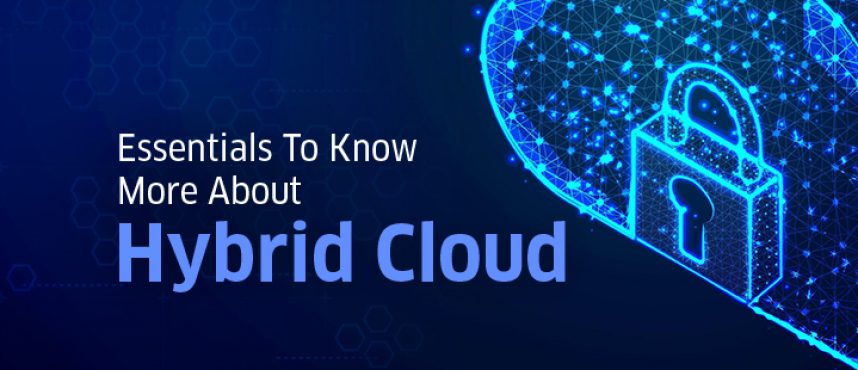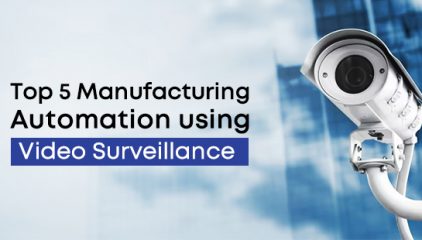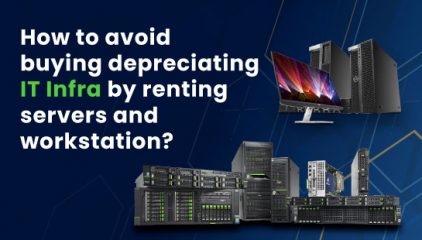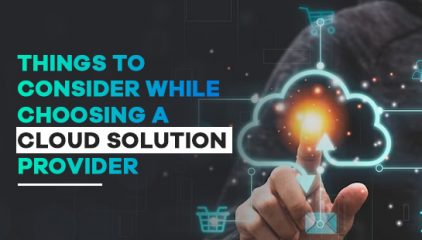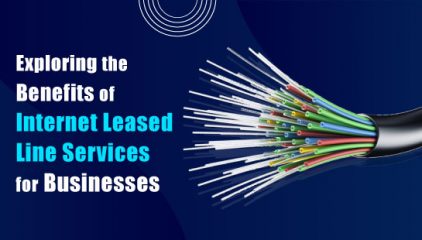Essentials To Know More About Hybrid Cloud
What is hybrid cloud?
A hybrid cloud is a deployment that uses both a public cloud service and one or more private cloud services. (A traditional on-premises data center can also be thrown into the mix.)
Public cloud
A public cloud is hosted by a third-party provider and all resources are delivered over the internet. Examples include Amazon Web Services (AWS), Google Cloud and Microsoft Azure. Key benefits include:
- No maintenance — The third-party provider takes care of hardware and software issues, patches and upgrades for you.
- Cost-efficiency— You don’t have to buy your own hardware or software resources, and you have to shell out money for only the services you actually need and use.
- Reliability— You can enjoy reliable service thanks to the large network of servers in public cloud systems.
- Scalability— An extensive network of servers and on-demand resources means you can scale your services quickly and easily.
- Options — You can choose the combination of different cloud service models (IaaS, PaaS, SaaS) that best suits your business needs.
Private cloud
A private cloud consists of infrastructure used exclusively by one organization. It can be hosted on-premises or in off-premises data centers. Private cloud systems have their own set of distinct advantages:
- Greater flexibility— You can customize a private cloud system in accordance with your organization’s needs.
- Better security— Because its resources aren’t shared with any other business, a private cloud may be a better home for sensitive data.
Benefits of hybrid cloud
A hybrid cloud model offers the benefits of both types of cloud storage, along with the ability to separate workloads and the flexibility to mix and match what you need from each service. For example, you can keep your sensitive and business-critical data in a private cloud and store the rest in the public cloud in order to optimize costs and availability while mitigating risk and meeting regulatory requirements.
What is hybrid cloud security?
Hybrid cloud security refers to the processes and procedures used to protect data, applications and infrastructure in the hybrid cloud environment. That includes ensuring the security of data both at rest and in transit, as well as orchestrating controls across the various cloud providers and all on-premises components.
Components of hybrid cloud security
There are several layers of security required for the hybrid cloud: physical, technical and administrative.
Physical security
For your public cloud components, physical security is the providers’ responsibility. For your private cloud, your in-house infrastructure should have cameras, locks, limited physical access and a controlled environment (pay attention to humidity levels, temperature, water leaks, etc.).
Technical security
A variety of security measures and protocols must be in place to ensure strong data protection and prevent data breaches. Typically, these include:
- Encryption— Data in transit needs different encryption methods than data at rest. For data in transit, ensure adequate network session encryption. For data at rest, ensure full disk encryption and hardware encryption.
- VPNs — Virtual private networks provide secure connections between components running in different environments.
- Other security measures— Make use of role-based access control, change monitoring, reliable data backup, endpoint security and multi-factor authentication.
Administrative security
Administrative security involves documented rules and procedures, such as:
- Risk assessmentprocesses
- Disaster recovery plans
- Data protection policies
- Employee training
How to overcome common hybrid cloud security challenges
IT professionals at enterprises around the world consider hybrid cloud environments to be the most secure cloud deployment option; indeed, 85% selected hybrid cloud as their ideal IT operating model.
Nevertheless, there are several security challenges unique to a hybrid environment composed of both private and public cloud services:
Lack of clarity about responsibility
Ill-defined SLAs and poor communication with the cloud provider can lead to questions about who is responsible for an outage or incident, and challenges in resolving disputes or responding to a security breach.
To avoid this, clearly assign workloads to specific portions of the hybrid cloud. Each workload and/or portion of the cloud should have its own outage and incident plan, as well as specific security and performance controls.
Security governance challenges
Each private and public cloud service has its own unique security and privacy characteristics. The movement of data between them can result in loss of visibility and control.
To overcome this challenge, ensure that appropriate security processes are in place for both public and private cloud services, as well as all in-house systems. Clearly define responsibilities for security governance between you and your cloud provider. Carefully monitor all activity around the data you store in both public and private clouds. Make sure any incidents are immediately communicated between you and your cloud provider.
Compliance and legal risks
Sensitive data moving freely between public and private environments can lead to compliance and legal issues. In highly regulated sectors such as healthcare, government and finance, even small mistakes in and guidelines can result in serious fines or even lawsuits.
Your company must take responsibility for regulatory compliance for both public and private cloud services. It is up to you to make sure that your cloud provider has all the necessary processes and controls in place to secure your data. You also need to make sure your own controls are compliant with the regulations you are subject to. Also, many companies prefer to limit the storage of sensitive data to private clouds only, in order to keep complete control over it.
Handling of security incidents
Responsibility for detecting, reporting and management of is shared between the customer and the public cloud service provider. Be sure to maintain communication and clearly define notification rules in order to be informed of a breach without delay.
Access control
The existence of multiple points of access can pose a security risk to hybrid cloud storage systems. Therefore, it’s critical to know exactly who has access to what data, and to rigorously enforce security protocols and best practices such as the principle of least privilege.
Lack of isolation from external cloud services
Multi-tenancy and shared resources are common characteristics of public cloud computing. In a hybrid cloud, attackers who gain access to the public cloud component of your environment could have a back door into your private cloud and on-premises computing systems as well.
Double down on authentication and authorization by implementing solutions like multi-factor authentication and digital device authentication.
Visibility and audit
It can be difficult to monitor and gain visibility into activities across both public and private cloud environments. Use solutions that enable you to audit all of your cloud systems from a central platform.
How to mitigate common hybrid cloud security threats
Hybrid cloud environments gain all the benefits of both the public cloud and the private cloud, but they also face all the security threats of both as well. Here, we’ve put together a basic rundown of some of the most common security threats. Refer to some of our other resources for more detail on cloud data security.
- Data breach — To prevent intentional or unintentional access of information without proper authorization, use role-based access control, analyze user behavior, track activities around sensitive data, implement a least-privilege modeland conduct regular entitlements reviews.
- Insider threat — You also need to minimize the risk that an employee will use their access rightsto deliberately or accidentally steal, damage or expose company data. In addition to enforcing least privilege, closely monitor for suspicious activity, especially by privileged accounts.
- Account hijacking — An attacker who steals a legitimate user’s credentials instantly becomes a powerful insider threat. Combine the tips above with strong identity and access control measures, including multi-factor authentication and strong passwords.
- Misconfigurations — An insecure configuration setup, such as neglecting to disable default functionality on your cloud service platform, could enable an unauthorized user to gain administrative access. Be sure to use configuration auditing and continuous to detect modifications to your configuration.
- Malware — To minimize the risk of ransomware and other malicious software causing damage to your computer systems, be sure to install antivirus software, back up your data regularly, and educate and test all users on safe habits for use of IT systems.
Best practices for hybrid cloud security
The best practices for traditional public and private cloud security also apply to hybrid cloud environments. However, here are some specific considerations to incorporate into your hybrid cloud security plan:
- Focus on data— Regularly identify and classify the sensitive and regulated data you have, across both your private and public cloud environments. Set up controls to secure sensitive data regardless to where it resides. Automate remediation workflows that help reduce exposure of sensitive data.
- Implement identity and access management (IAM)— Ideally, there should be a single IAM system for all cloud environments. Having an in-house system is preferable.
- Secure your network— Consider setting up a VPN between the on-premises environment and the cloud services.
- Use encryption— All sensitive data must be encrypted no matter where it is located.
- Pay attention to perimeter security— Perimeter security (e.g., firewalls, DDoS attack handling, etc.) needs to be coordinated across all environments with external interfaces.
Key takeaways
A hybrid cloud solution can give your company the best of both worlds: the convenience and cost efficiency of a public cloud service coupled with the security and flexibility of a private cloud environment. If you choose this model, however, be sure to pay attention to the unique security threats that hybrid cloud systems face, and follow proven to keep your data safe.
If you would like one of the Knox specialists to get in touch with you to discuss your requirements, please contact us.
Also, you can reach directly to us on the phone number and email address listed below.
M: +91-8879004536
E: info@netlabindia.com



